Jams/Spreads
There is an inherent variability in the level of Brix (sugar content), dry matter and moisture for fresh fruit (and vegetables) that makes management and quality control of juices and concentrates an ongoing, active, and involved process.
Having achieved a quality product, what your consumers will demand is consistency – they want to know that the sweetness, colour and consistency of your product is the same next week as it was last week.
Different fruit juice has different acidity levels. Apples, oranges, grapes and cranberries are all moderately acidic.
· Cranberry juice: 2.3 to 2.5.
· Grape juice: 3.3
· Apple juice: 3.30 and 4
· Orange juice 3.3 to 4.2
For consistency of quality, taste, shelf-life and customer experience, it is important to test and control acidity. The pH level of fruit is inherently variable, being affected by temperature, water supply and mineral fertilisation. To achieve a consistent result, testing and adjustment of ingredients is an absolute necessity.
Under 19 CFR § 151.91 the average brix value of several different fruit juices is set in the below table Under 19 CFR § 151.91 the average brix value of several different fruit juices is set in the below table
|
Kind of fruit juice |
Average Brix value (degrees) |
|
Apple |
13.3 |
|
Apricot |
14.3 |
|
Black currant |
15 |
|
Blackberry |
10 |
|
Blueberry |
14.1 |
|
Boysenberry |
10 |
|
Cherry |
14.3 |
|
Cranberry |
10.5 |
|
Date |
18.5 |
|
Dewberry |
10 |
|
Elderberry |
11 |
|
Fig |
18.2 |
|
Gooseberry |
8.3 |
|
Grape (Vitis Vinifera) |
21.5 |
|
Grape (Slipskin varieties) |
16 |
|
Grapefruit |
10.2 |
|
Guava |
7.7 |
|
Lemon |
8.9 |
|
Lime |
10 |
|
Mango |
17 |
|
Orange |
11.8 |
|
Peach |
11.8 |
|
Pear |
15.4 |
|
Pineapple |
14.3 |
|
Plum |
14.3 |
|
Prune |
18.5 |
|
Raspberry (Red raspberry) |
10.5 |
|
Red currant |
10.5 |
|
Strawberry |
8 |
|
Tangerine |
11.5 |
As a juice producer however, what will be more important than an absolute value will be the consistency of your juice from batch to batch. To ensure consistency, an inline refractometer providing continuous, real time data on the brix of a liquid in a pipe or tank can be used.
YES – in general, the more acidic the juice is, the slower the enzymatic reactions that cause browning and spoilage will occur. Acidity will also be a direct contributor to the organoleptic experience of customers however, so it is important that it is controlled and consistent across different batches of a particular product SKU.
YES – the shelf-life of a fruit juice will be extended by the removal of oxygen. For this a mix consisting of 100% nitrogen would be recommended.
YES – an inline refractometer can monitor brix of a liquid in real time during processing. There are also options for PLC output, so if the brix falls outside of a specified range, other actions can be triggered. YES – an inline refractometer can monitor brix of a liquid in real time during processing. There are also options for PLC output, so if the brix falls outside of a specified range, other actions can be triggered.
Brix is a measure of the amount of sugar present in a liquid (or juice). Brix is measured with a digital refractometer.
Fruit juice contains many compounds which are water soluble, including sugars, acids, vitamin C, amino acids and some pectins. In combination, these form the soluble solids content. For most fruits, sugar forms the main component of the total soluble solids content.
Since the amount of sugar in fruit increases as the fruit matures and ripens, the soluble solids content is a good indicator of fruit maturity and/or its state of ripeness.
For a more detailed explanation of Brix and how it applies to fruit maturity, there is a very good article, titled Brix as Metric for Fruit Maturity from Felix Instruments, specialists in non-destructive fruit quality measurement
Fruit can vary greatly in sweetness depending upon the state of ripeness, so when producing juices or concentrates we need to be mindful that the recipe is a guide, and not an absolute control. While this may work well at home, where sugar can be added to taste, in a manufacturing environment quality control needs to be a little more scientific and objective.
To achieve this an INLINE brix refractometer can be used. The Atago CM800 Alpha can continuously monitor brix in a vat or pipe, (even at cooking temperatures).
If what is required is offline monitoring for batch approval purposes, the Atago Pal range of refractometers may well suit your needs. With overlapping capabilities, it is possible to purchase only what is needed, or have the flexibility of something that can do it all. This starts with the Atago Pal-1 (0% - 53% Brix), progresses to the Atago Pal-2 (45-93% Brix) or for a wider range there is the Atago Pal-3 (0%-93% Brix)
For a refractometer with temperature control and a high degree of accuracy for recipe development or lab use, there is also the Atago RX range – of which Matt Solutions uses the Atago RX5000i when we complete “Brix testing as a service” for our clients.
Not everybody has heard of “hurdle technology” or will have heard of it under this name. in essence hurdle technology is like a team – where, Together-Everybody-Achieves-More. When looking to extend shelf-life, or keep a product safe for our customers, we can have either a low water activity (below 0.85aW) or a low pH.
However – the effects of pH and water activity can be combined synergistically to keep consumers safe.
There are a range of instruments that can be used to measure water activity, depending upon whether a tool for batch approval, research and development or spot checks. For fast, at line measurements there would be the Aqualab PawKit, which can travel in your pocket and allow for spot checks to an accuracy of 0.02 aW in only five minutes.
If you are looking for lab level accuracy, along with temperature control there is the Aqualab 4TE, which measures water activity from 0.003 to 1.0 at an accuracy of 0.003 aW – the most accurate water activity meter currently on the market.
Then there is the Aqualab AQ3 – which offers water activity readings in only 1 minute and boasts an accuracy of 0.005.
When it comes to pH meters – the range on offer and options available and nearly endless. Which you choose will depend upon the usage pattern, the accuracy you require, the features you need and the budget you have.
There is everything from a pen/dip type pH meter such as the Horiba Laqua pH11/22/33 from under $200 to a probe, either plastic or hardened glass such as the Eutech pH Testr 10/20/30 at similar pricing. Alternatively, if you are looking for a little more accuracy along with the ability to change pH probes with BNC connectors, but still need the portability and convenience afforded by battery power you would have the Eutech ph 5+ or Eutech pH 6+ to consider, or the Horiba Laqua pH210 that offers temperature compensation via an integrated pH/temperature probe. There would also be the Hanna pH meters that includes a desktop/portable hybrid in the form of the Hanna HI2020 (Hanna Edge).
Hanna, Horiba and Eutech all offer highly accurate desktop pH meters with specialist pH probes that can be adapted to your needs.
Applicable Instruments
-
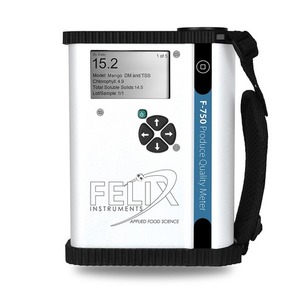
Produce Quality Meter F-750
Produce Quality Meter
-
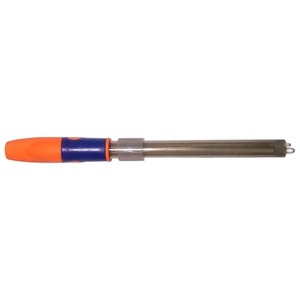
P14/RJ/LF Jam Probe
-
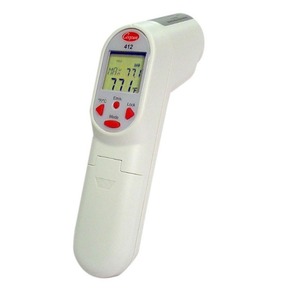
Cooper Atkins Infrared 413 w/ Thermocouple Jack 20568
Non-contact Infrared Thermometer to measure surface temperature combined with a Thermocouple Jack to measure internal temperature.
-
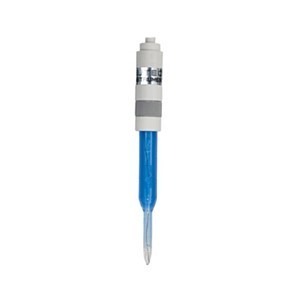
EC620133 Speartip PH Electrode
Open pore spear tip electrode. Suitable for semi-solid samples.
-
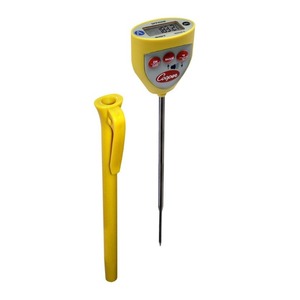
DFP450W Handheld Thermometer
Easy to carry, water proof thermometer
-
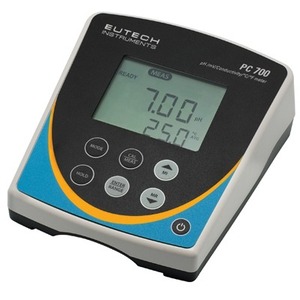
Eutech PC 700 Multi-Paramter Bench Instrument
Measures pH, ORP, Conductivity and Temperature all in one unit.
-
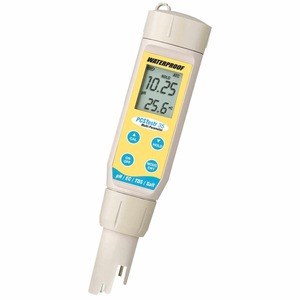
PCSTestr 35 Mutliparamter Tester
pocket size tester measures that five parameters (measures pH, Conductivity, TDS, Salinity and Temperature)
-
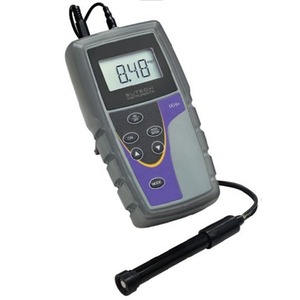
DO 6+ Dissolved Oxygen Meter
Easy to carry Dissolved Oxygen Meter
-
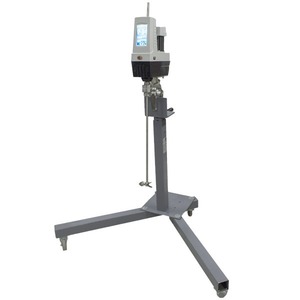
Crossover 1540
Powerful industrial mixer.
-
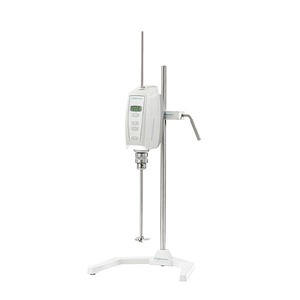
Compact Overhead Stirrers
Lightweight Stirrer
-
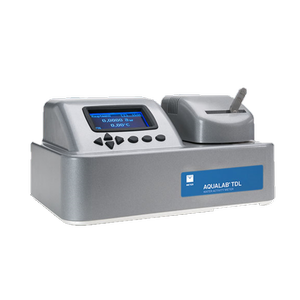
Water Activity Meter - Aqualab TDL
Test volatile samples. Super Accurate
-
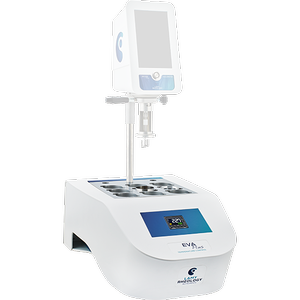
EVA MS-R
Temperature control system for measuring system as anchors type
-
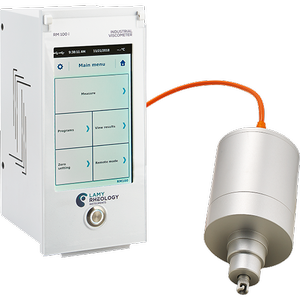
RM 100 I TOUCH
perfectly suited for so-called immersion use, installing it over a tank or on a support for a measurement in a pot
